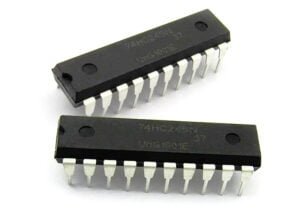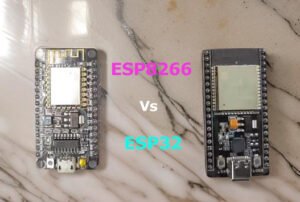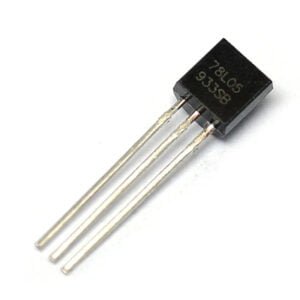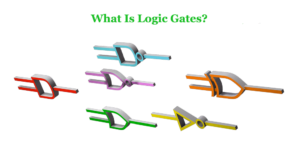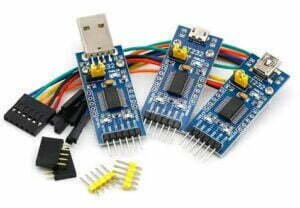When it comes to electrical power, there are two major types of sources: alternating current (AC) and direct current (DC). Both have their pros and cons, but for most applications, businesses, homes, and other places use DC. But what about situations where we need AC instead? That’s where single-phase transformers come into play. In this blog post, you will learn all you need to know about single phase transformer in detail to help decide if they are right for your needs or not.
What is a Single Phase Transformer?
A single phase transformer is an electrical device that transfers electrical energy from one circuit to another through a transformer core. It is commonly used where there is no power source with a voltage that matches the load’s voltage. In this case, it is used to convert the voltage to the required voltage.
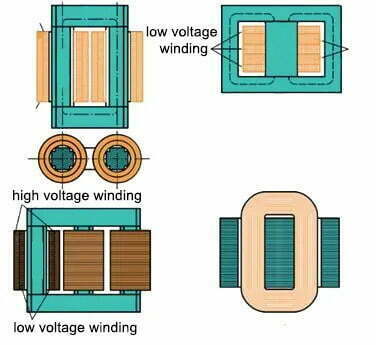
The transformer core is an iron core wrapped by a layer of insulating material. It is made of iron (or ferromagnetic materials) which acts as an electromagnet during the process of energy transfer. The transformer has two windings (high voltage and low voltage). And is used to change the voltage and current ratings of the electricity in a power system.
Why Use Single-Phase Transformers?
Single-phase transformers are better suited for some circumstances where a three-phase transformer would be overkill and/or over-spend. In such cases, it is used to convert the voltage from a higher voltage to a lower voltage. The lower voltage is then fed to the load via a low-voltage circuit from a source that normally provides a single circuit. So a single-phase transformer is used to match voltage and current levels between two different power sources that are connected in series.
How Does a Single Phase Transformer Work?
Single-phase transformers use a device known as a transformer core that acts as an electromagnet to alter the current flowing through the two windings (primary and secondary). The core has a very low resistance to current flow. The primary winding of the transformer is connected to a circuit with a higher voltage while the secondary winding is connected to a circuit with a lower voltage.
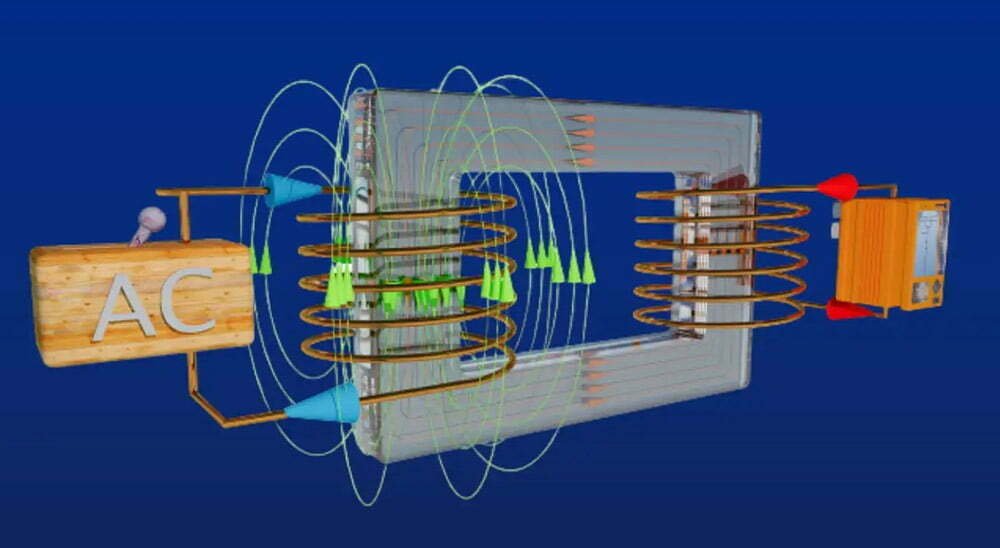
In this process, the higher voltage across the primary winding induces a strong current in the core. The core starts attracting a nearby piece of iron and creates a current flow in the core. This current flow through the secondary winding has the same voltage but a much lower current.
The voltage across the primary and secondary windings of the transformer is not the same but is proportional to each other. If the voltage across the primary winding is increased, then the voltage across the secondary winding is decreased. The voltage across the primary and the secondary winding can be calculated using the following equations.
Pros and Cons of Single-Phase Transformers
-Pros
- You can use them to lower the voltage since they allow you to tap into a higher voltage source like a three-phase supply.
- They are used to match voltage and current levels between two different power sources that are connected in series.
- They can increase the voltage by using a higher voltage source like a three-phase supply.
- They help reduce the number of phases in a system and thus reduce the cost of the wiring.
-Cons
- They cannot change the current.
- They cannot change the number of phases.
- They are not common in residential and industrial power systems.
- They can be used to lower the voltage only in systems with a high voltage source like a three-phase supply.
- They cannot be used to increase the voltage in a system that uses a low voltage such as a single phase source.
Key Takeaway
Single-phase transformers are an option in some cases where a three-phase transformer would be overkill and/or over-spend. In such cases, a single-phase transformer is used to convert the voltage from a higher voltage to a lower voltage. The lower voltage is then fed to the load via a low-voltage circuit from a source that normally provides a single circuit. Single-phase transformers use a device known as a transformer core that acts as an electromagnet to alter the current flowing through the two windings (primary and secondary). The core has a very low resistance to current flow.

